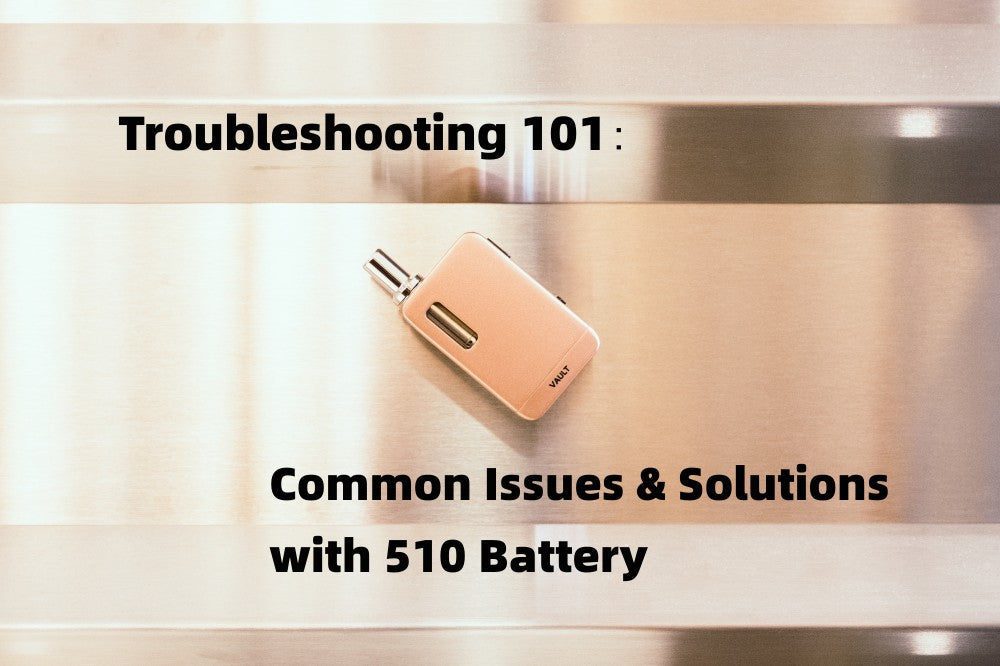This article discusses common technical issues that users may encounter with their computers and provides solutions to resolve them. It starts by addressing slow computer performance, suggesting actions such as closing unnecessary programs, removing unused applications, and upgrading hardware. It then covers internet connectivity problems, recommending troubleshooting steps like checking Wi-Fi connections and updating network drivers. The article also addresses software crashes and errors, advising users to update software, check system requirements, reinstall applications, and resolve conflicts. It provides solutions to common hardware malfunctions, including dealing with the blue screen of death, peripheral connection issues, overheating, and hardware failures. Lastly, it talks about virus and malware infections, highlighting the importance of installing antivirus software, scanning for malware, practicing safe browsing habits, and enabling firewalls. The article concludes by emphasizing the importance of familiarizing oneself with troubleshooting techniques to overcome common problems without the need for professional help.
Troubleshooting 101: Common Technical Issues and Solutions
Introduction
When it comes to technology, experiencing technical issues is inevitable. Whether you’re a seasoned computer user or a newbie, you are bound to encounter glitches and problems along the way. However, with a little troubleshooting knowledge, you can quickly identify and resolve these issues, saving yourself from unnecessary stress and frustration. In this article, we will explore some of the most common technical issues faced by users and provide simple solutions to overcome them.
Slow computer performance
One of the most frustrating issues users encounter is a slow-performing computer. This can be caused by various factors, such as low system resources, too many background processes, or insufficient storage space.
To resolve this issue, start by closing any unnecessary programs and background tasks. Remove any unused applications to free up resources, and regularly clean up your hard drive by deleting temporary files and old documents. Additionally, consider upgrading your hardware, such as increasing your RAM or replacing your hard drive with a solid-state drive (SSD) for improved performance.
Internet connectivity problems
A reliable internet connection is essential for most activities in today’s digital world. If you are experiencing connectivity issues, try these troubleshooting steps:
- Check your Wi-Fi router or modem: Ensure that all cables are securely connected and power cycle the devices by turning them off and on.
- Reset network settings: Restart your computer and reset your network settings to their default configurations. This can be done through the Control Panel or Network Settings menu.
- Update drivers: Outdated network drivers can cause connectivity problems. Visit the manufacturer’s website and download the latest drivers for your network adapter.
- Contact your internet service provider: If all else fails, reach out to your ISP to check if there are any known network issues in your area.
Software crashes and errors
Software crashes or error messages can be frustrating, especially when you’re in the middle of an important task. However, they can often be resolved by following these steps:
- Update software: Make sure all your software applications are up to date. Developers frequently release updates that address bugs and improve stability.
- Check system requirements: Ensure that your computer meets the minimum system requirements for the software you are using. Inadequate resources can cause crashes.
- Reinstall software: If the issue persists, try uninstalling and reinstalling the software. Corrupted installation files can lead to errors.
- Check for conflicts: Sometimes, incompatible software or drivers can cause conflicts. Review recently installed applications or driver updates and uninstall any that might be causing the problem.
Hardware malfunctions
When a piece of hardware fails, it can disrupt your entire computing experience. Here are some common hardware issues and their solutions:
- Blue screen of death (BSOD): This often indicates a serious hardware or software problem. Restart your computer, update drivers, and run hardware diagnostics to identify the cause.
- Peripheral connection issues: If your device is not recognized, ensure proper connections and try different USB ports. Update drivers or reinstall them if necessary.
- Overheating: If your computer shuts down unexpectedly or becomes excessively noisy, it may be overheating. Clean the vents and ensure proper airflow. Consider using a cooling pad.
- Hardware failure: For major hardware failures, such as a malfunctioning hard drive or a faulty graphics card, professional assistance may be required. Consider contacting a technician for further support.
Virus and malware infections
The presence of viruses and malware can compromise the security and performance of your computer. Here’s how to tackle these threats:
- Install antivirus software: Ensure you have reliable antivirus software installed and regularly update its virus definitions.
- Scan for malware: Run regular full system scans using reputable anti-malware tools.
- Safe browsing habits: Avoid clicking on suspicious links or downloading files from untrusted sources.
- Enable firewalls: Activate the built-in firewall of your operating system or consider using additional firewall software for added protection against network-based attacks.
Conclusion
Technical issues are part of owning and using technology. By familiarizing yourself with troubleshooting techniques and following the steps outlined in this article, you can overcome common problems without needing to seek professional help or spend valuable time and money on repairs. Remember to regularly update your software, maintain good security practices, and keep your hardware in check. Happy troubleshooting!
